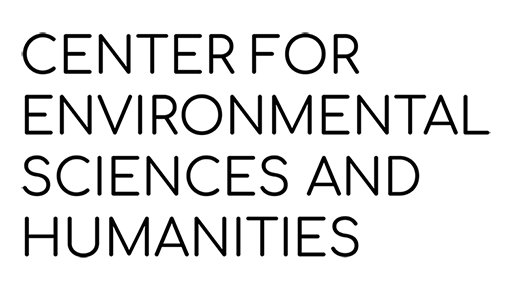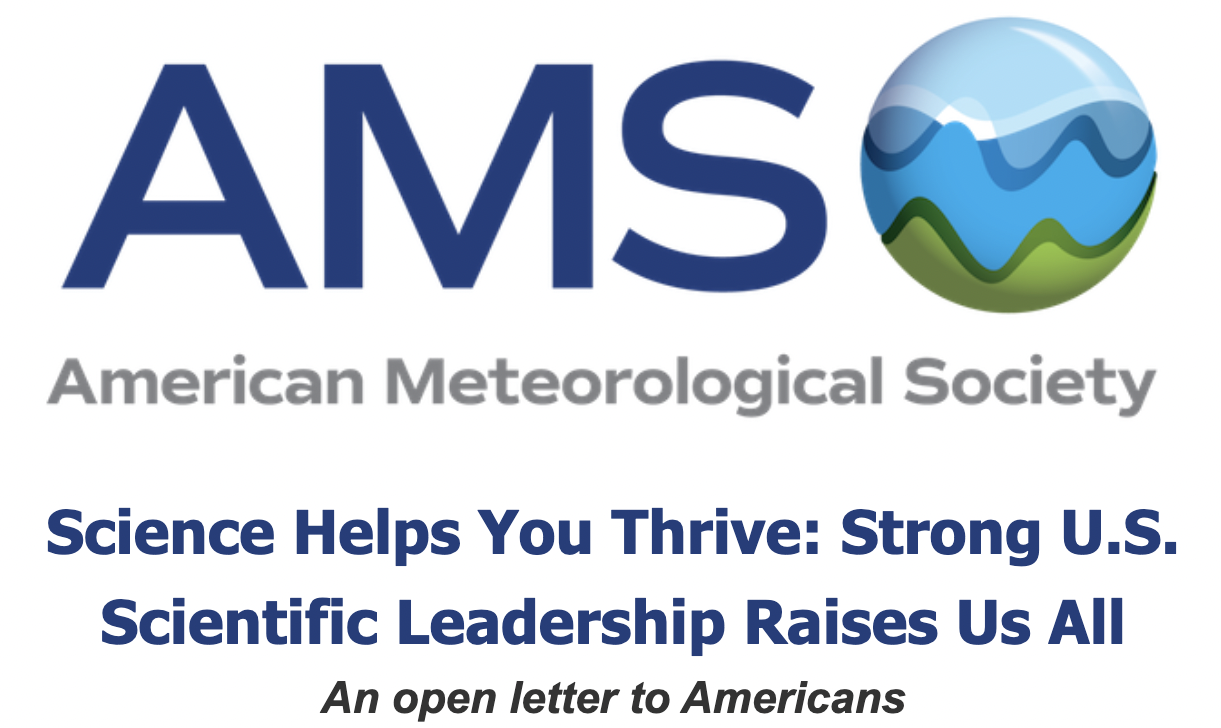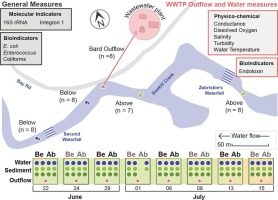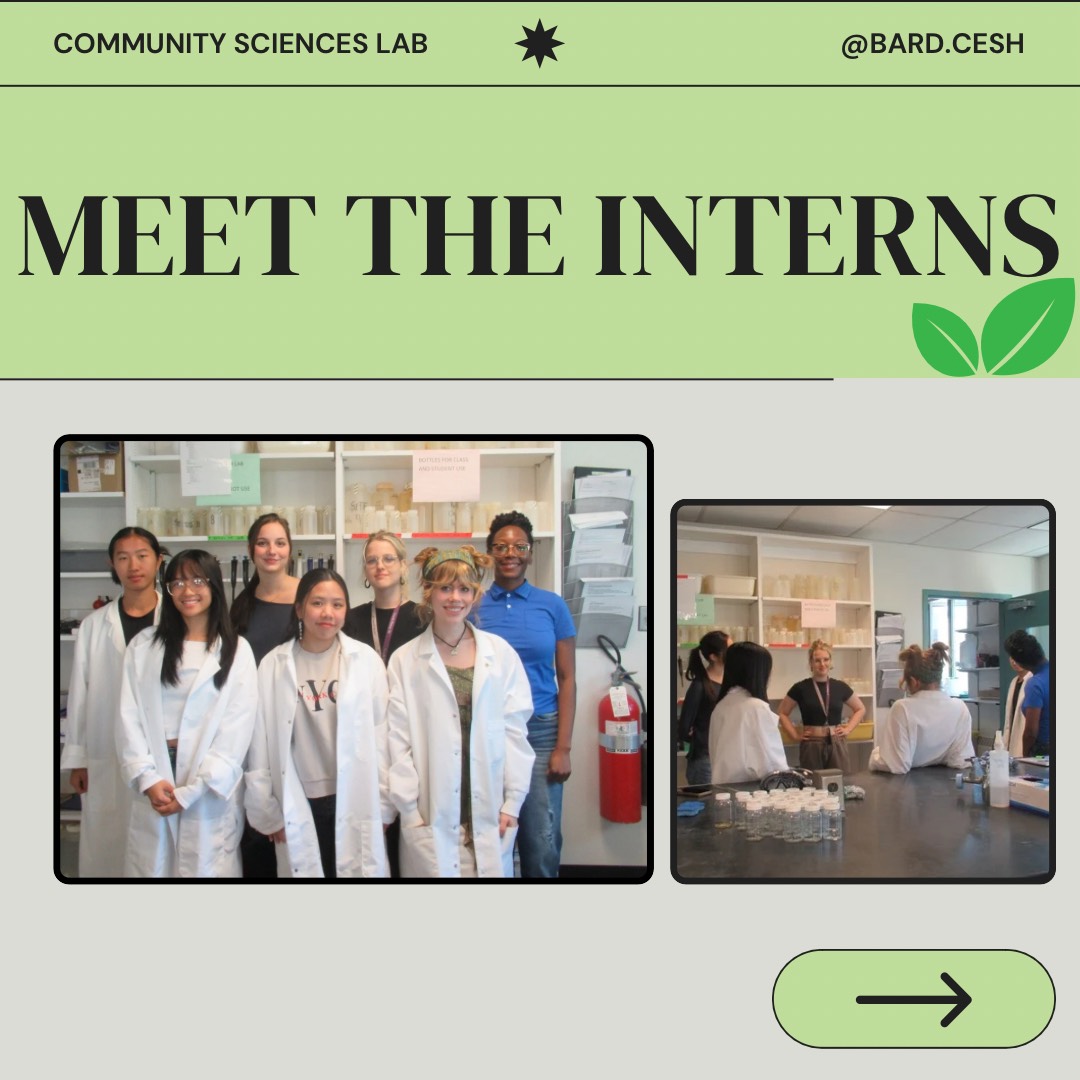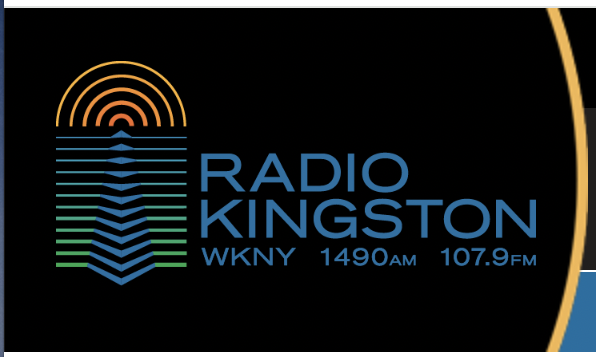A dataset produced on bacteria communities and water quality in Red Hook was recently published through Scientific Data, Vol 9, published via Nature.com. This project was led by Gabriel Perron, biologist at Bard, and M. Elias Dueker, biologist and Bard CESH director. All of the sampling for the project was conducted as a joint BSRI project between Dueker’s lab and Perron’s lab in the summer of 2015. Members of the labs were: Marco Spodek, Beckett Lansbury, Yuejiao Wan, Pola Kuhn, and Haley Goss-Holmes. Some of the data were provided through the Saw Kill Watershed Monitoring Program, which is a project of the Community Sciences Lab and the Saw Kill Watershed Community..
Dueker states: “This project demonstrates the power of community asking scientific questions and academia — students, faculty, and staff — being able to help answer those questions through careful observational and applied research. Our hope is that this database serves as a tool for researchers and communities around the world trying to respond to stewardship challenges in a science-based and community-accessible way.”

On the future of datasets, he added, “This dataset is the first of many datasets and research papers we hope to publish outlining the unique nature of Bard’s internalized water system. The general findings from our preliminary data analyses provide insight into the impacts of watershed-wide usage of the Saw Kill both as drinking water source (Bard) and treated sewage receiver (Bard and Red Hook). Future use of this dataset will include a focus on endotoxins and antibiotic resistant bacterial genes, water contaminants only now gaining broader attention in water quality and microbiological sciences.”
Read the latest findings here
